Spain.
Philip III,
100 Escudos 1609,
Segovia.
Unique.
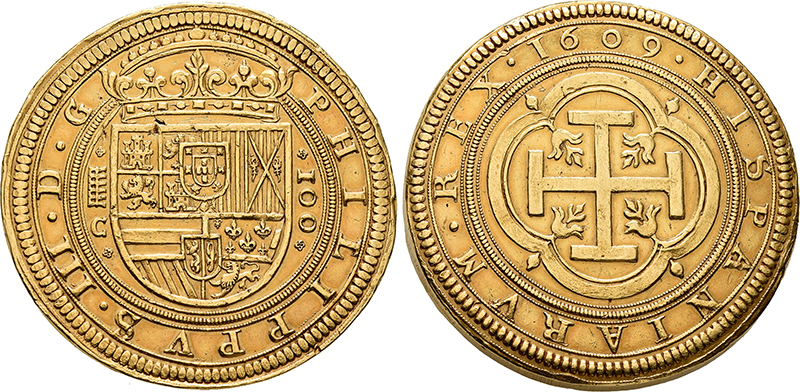

Roman Republic.
Cleopatra VII and Mark Antony,
Tetradrachm 36 BC,
Antioch on the Orontes.
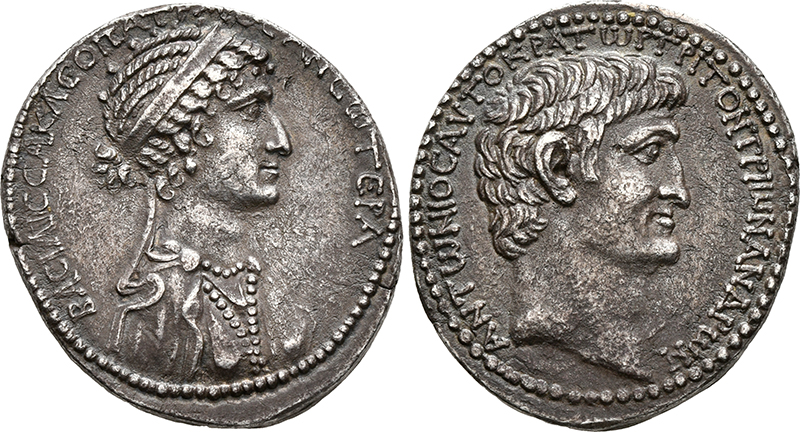
Great Britain.
Henry VII,
Gold Sovereign,
type I, Cross Fitchee, n. d. (1492),
Tower mint.
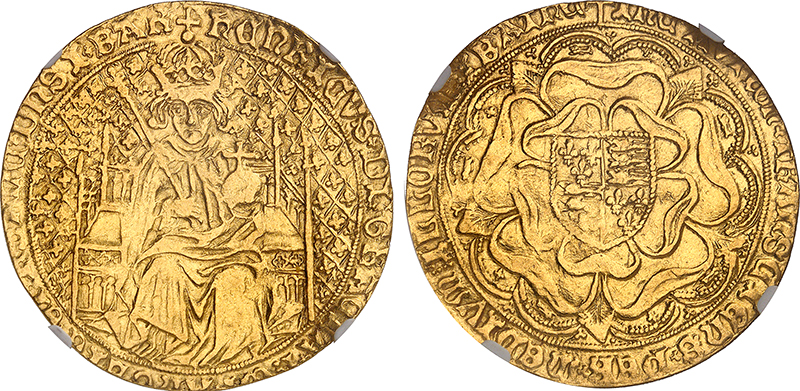
Archive: People and Markets
British Celtic Coins: Art or Imitation?
The peoples of pre-Roman Britain remain an enigma, and the same is true for their coins. Tim Wright wrote a new book on British Celtic Coins which will soon be published by Spink Books. Read his introduction on the topic here.
TICC: The Best Organised Coin Show in the World
Sometimes it takes a look outside the box to get some inspiration for how the coin show of the future might look like. The TICC in Japan certainly has some fresh ideas to offer. Ursula Kampmann reports on what she experienced in Tokyo.
Archive: Coins, Medals and more
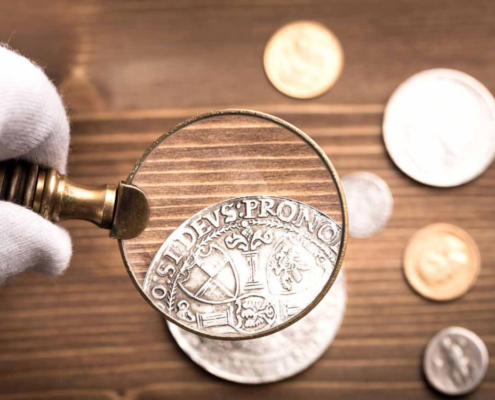
Planchet Error, Overstrike, Double-Strike, Etc.: Which Errors Affect the Price of a Coin? – Part 1
The price of a coin does not only depend on its rarity and grade. There are many things that can affect a specimen’s value in a positive or negative way. This overview will help you to understand common terms, to use them confidently and to understand them in their context.
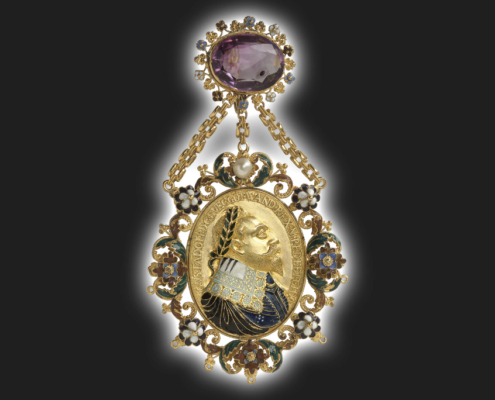
The Gnadenpfennig – An Object Between Decoration, Medal, and Coin
Gnadenpfennigs are an extremely rare category of numismatic objects. Künker is proud to offer nine lots in auction 418 on 29 January 2025 that are, or are likely to be, gnadenpfennigs. We explain the purpose of these issues and when they were created.







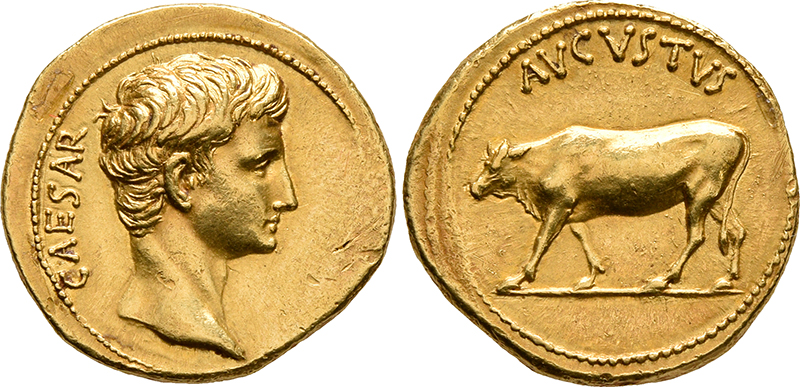
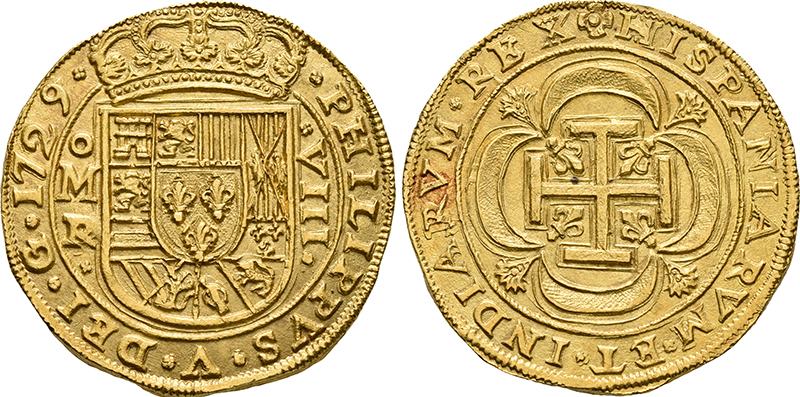
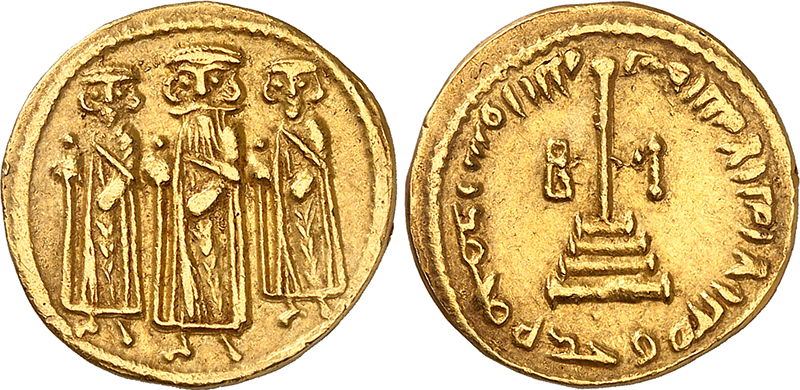
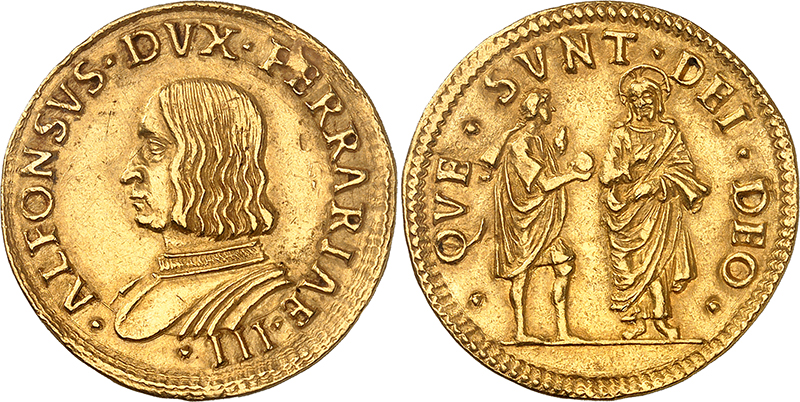
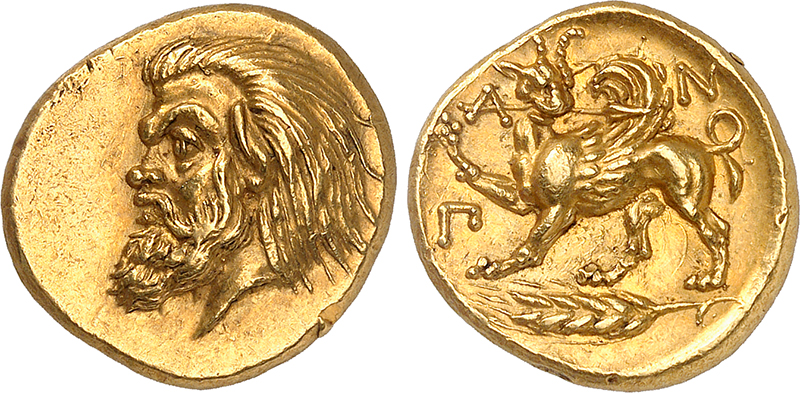
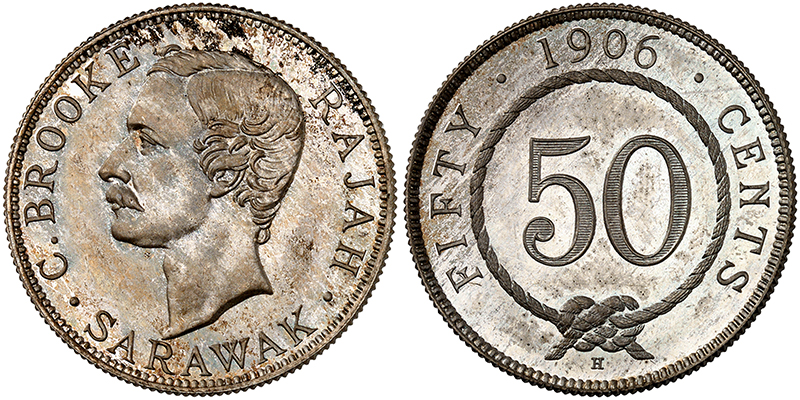
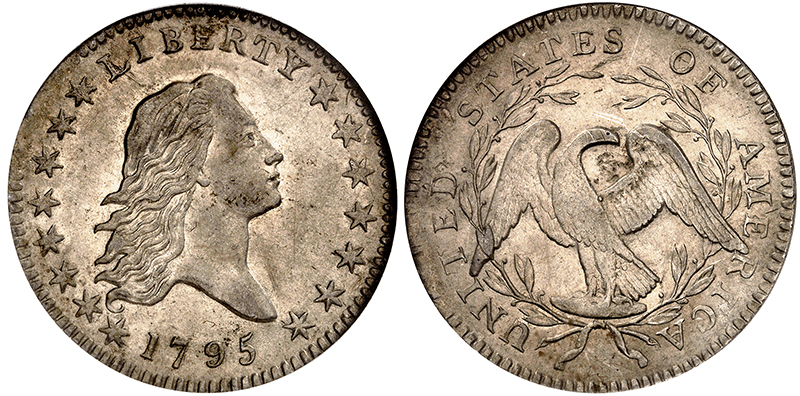
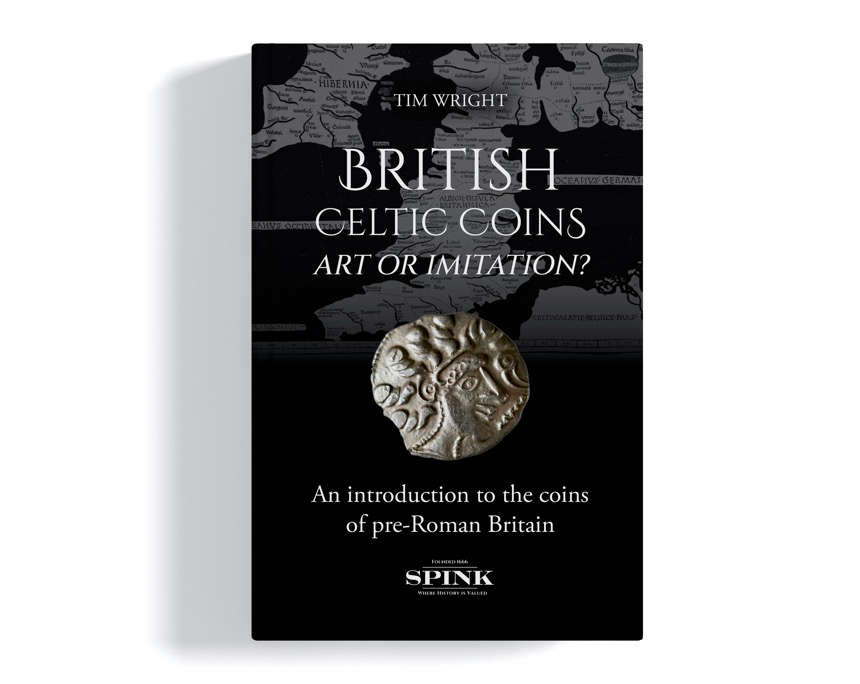
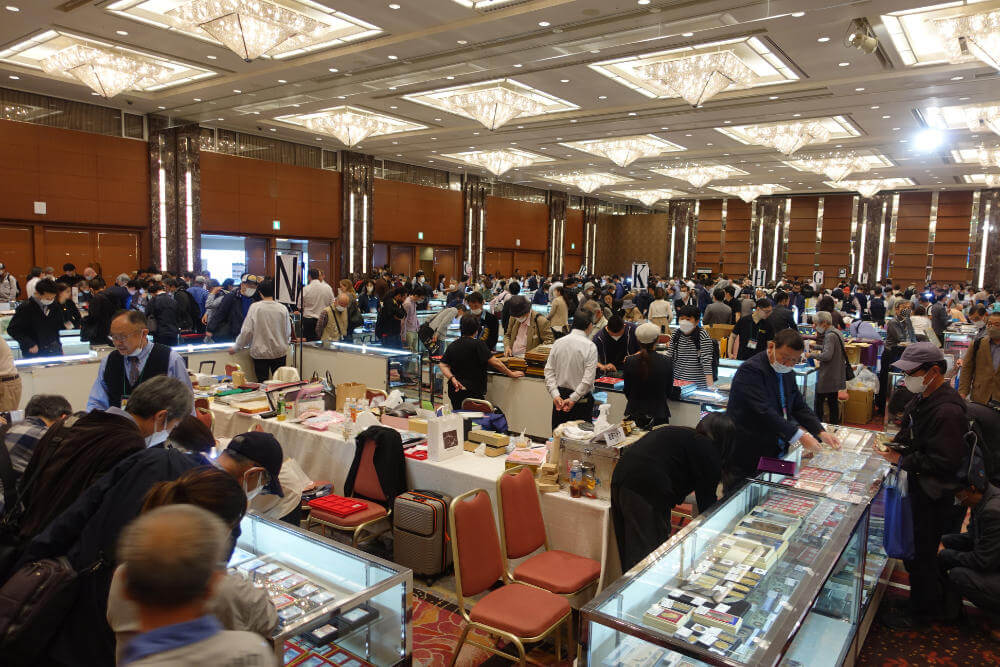

World Money Fair ‘Minting Experience Centre’: Minting up Close!
The organizers of the World Money Fair have come up with something special for the upcoming event. The new Minting Experience Center that spans over 100 square meters showcases the production steps involved in minting coins. Guests will even have the chance to mint their own World Money Fair collector’s medal.
Pop Culture & Coins Unite! The National Coin Week 2025
What do Homer Simpson, the Olympic games, Elvis Presley, and Superman have in common? They’ve all been featured, or will soon be featured, on coins. This year’s annual National Coin Week, April 20-26, 2025, explores the fascinating ways pop culture influences money.